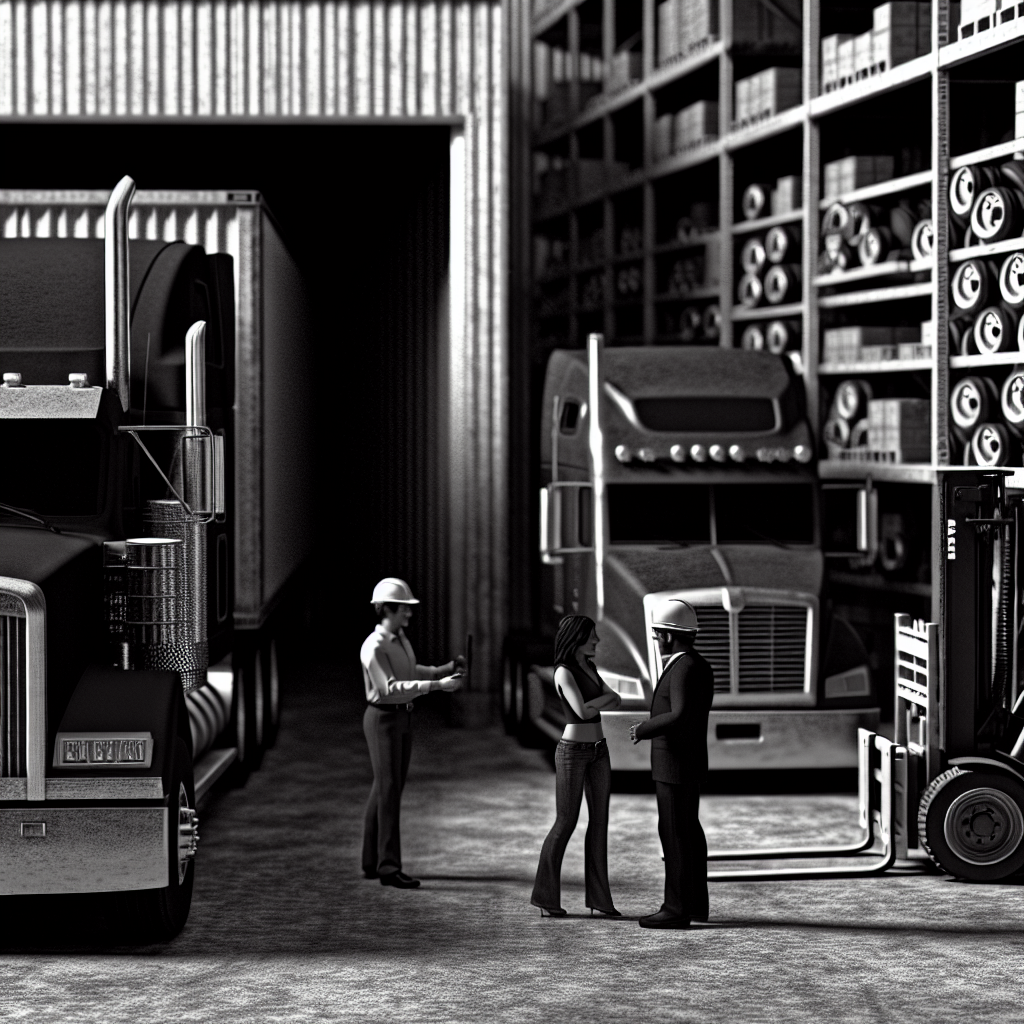Two of North America’s largest independent suppliers of heavy‑duty aftermarket truck parts are combining under a single banner, creating a coast‑to‑coast platform that pairs a national parts catalogue with a sizable service footprint. For fleets and repair shops, the near‑term takeaway is straightforward: broader availability through one network, fewer vendor handoffs, and a more unified ecommerce and counter experience — with the inevitable integration work happening behind the scenes.
The timing aligns with a market still fighting headwinds. In the first week of November, spot demand softened as dry van load posts fell and equipment posts rose, pushing the national dry van linehaul average to around $1.69 per mile. That mix — tepid freight and ample capacity — typically nudges carriers to stretch asset life and lean harder on maintenance rather than new iron, which tends to support the parts and service economy even when freight is wobbly.
Early November load board reads tell a similar story: total spot load posts held largely flat week over week during Nov. 2–7 while truck posts ticked up, a sign of steady capacity and cautious demand. Again, that backdrop favors consolidation plays that promise better fill rates, shorter lead times and broader SKU coverage from a single counter.
It’s not just distributors getting bigger. Upstream, industrial suppliers are bulking up around aftermarket revenue streams as well. On Nov. 11, Parker Hannifin said it would acquire Filtration Group for $9.25 billion, a business that expects roughly 85% of its 2025 sales from the aftermarket. The deal, slated to close within six to 12 months, underscores how scale — in procurement, manufacturing, and post‑sale support — is becoming table stakes across the parts ecosystem. For fleets, that consolidation can translate into deeper stocking positions and standardized programs, but also fewer independent alternatives in some categories.
What should customers expect next as two networks knit themselves together? Historically, these combinations move in phases. Phase one is continuity: same local counter teams, existing service appointments honored, and parallel systems kept live to avoid downtime. Phase two is harmonization: aligning core‑return policies, warranties, credit terms and vendor lists; standing up a single ecommerce front end with common interchange and richer fitment data; and pooling inventory to lift branch‑level fill rates. The final phase is optimization: pruning overlapping branches, tuning delivery routes and DC footprints, and consolidating private‑label lines where it improves availability and price stability. None of this happens overnight — but the payoff, if executed well, is better on‑hand stock and quicker turns when a down truck can’t wait.
Pricing remains the wild card. Bigger buyers usually command better factory and importer pricing, yet local competition and freight costs still drive what customers actually pay at the counter. With freight markets still soft and diesel volatile, expect list prices to stay under pressure while distributors test targeted promos, online‑only discounts and loyalty credits to lock in wallet share through year‑end. Market watchers should keep an eye on weekly load‑to‑truck ratios and linehaul trends; if capacity tightens into peak season, replenishment lanes lengthen and working capital costs rise — conditions that can ripple into parts pricing and availability.
Bottom line for fleets: a single, larger parts-and-service network can be an uptime advantage, particularly for multi‑region operators that want uniform specs, consistent warranties and one digital catalog. Make the most of it by pushing your account team for merged price files, consolidated credits and standardized core handling, and by validating that your most failure‑prone SKUs are in the combined safety stock profile at the branches you rely on. For independent shops and regional distributors, the play is differentiation — faster diagnostics, specialized repair capability and nimble last‑mile delivery — while courting suppliers who may be reassessing channel strategies amid the reshuffle upstream.
Sources: FreightWaves, Reuters, DAT Freight & Analytics, Blue Book Services
This article was prepared exclusively for TruckStopInsider.com. Republishing is permitted only with proper credit and a link back to the original source.




